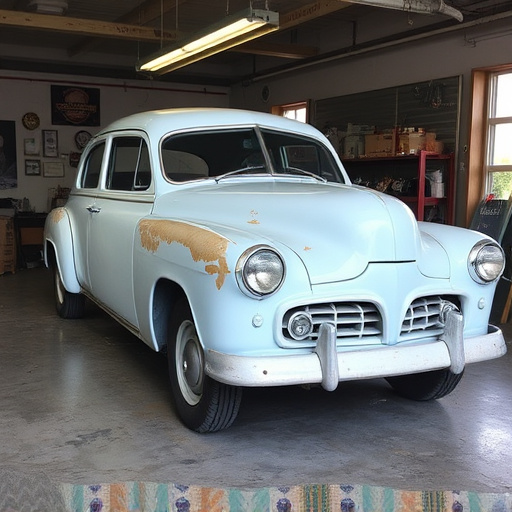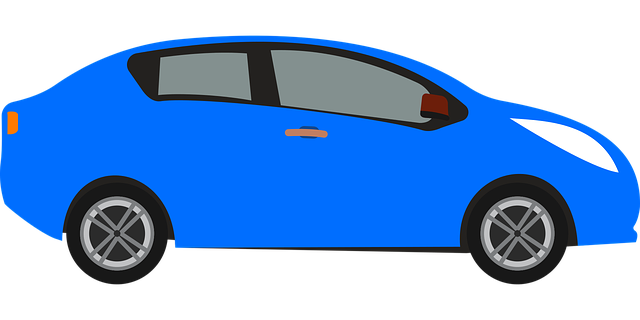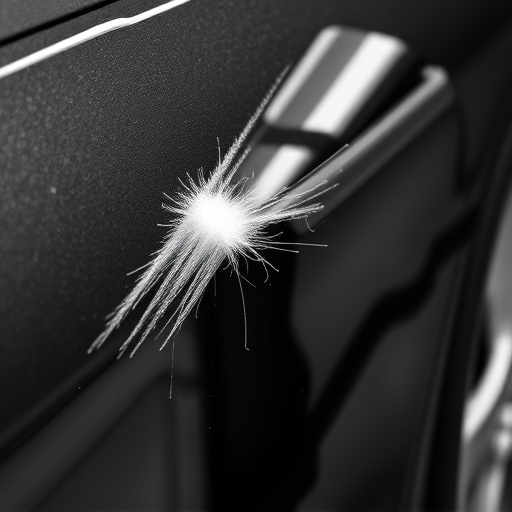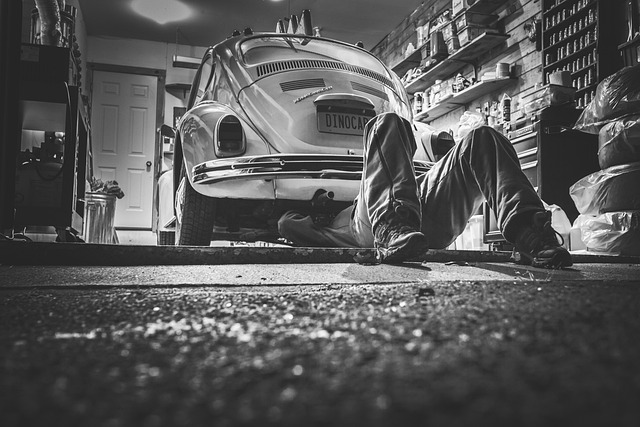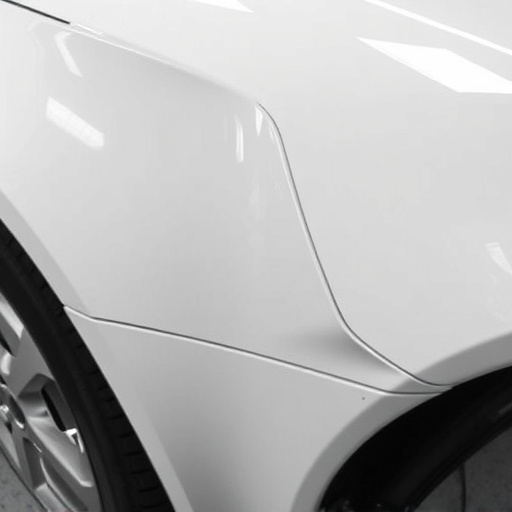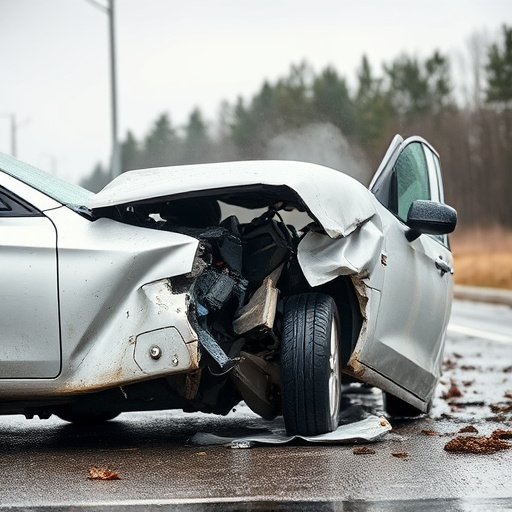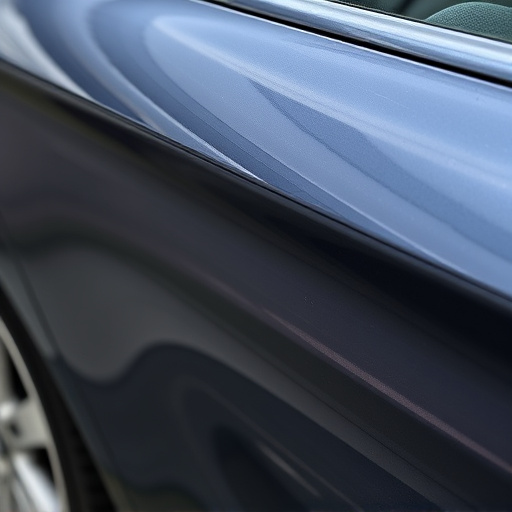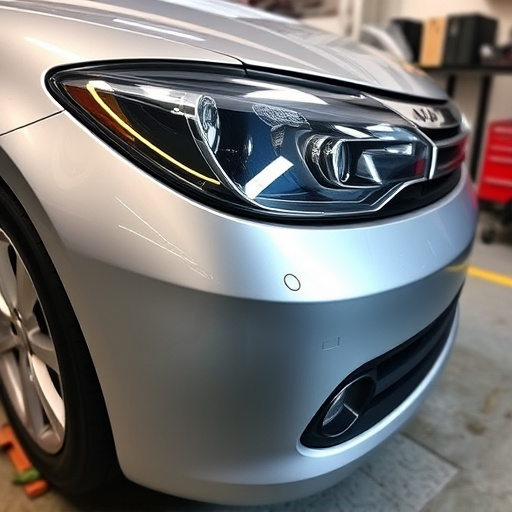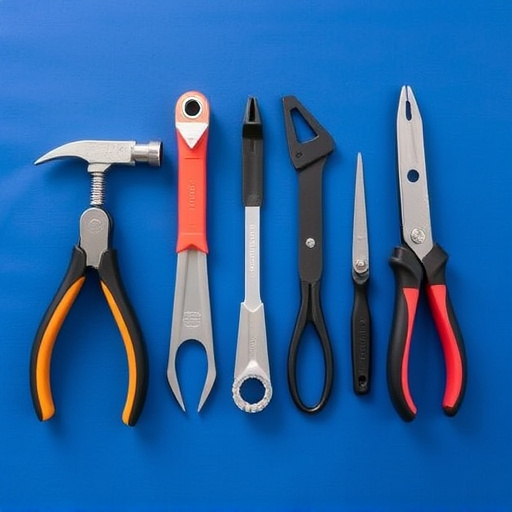Winter's harsh conditions accelerate metal corrosion, leading to visible wear and tear on exposed surfaces like cars left outdoors. Rust repair after winter damage is crucial for car longevity and safety. Early identification of subtle discolored patches or pitting is key. A professional multi-step approach involves assessing rust extent, cutting away damaged sections, replacing them with new panels, and proper surface preparation to prevent further corrosion.
As winter’s chill sets in, it brings with it moisture that can be a double-edged sword. While essential for life, it also poses a significant threat to metal surfaces, leading to unsightly and costly rust repair needs. This article delves into the impact of winter moisture on metal, identifying signs of rust and providing effective strategies for repairing damage caused by Mother Nature’s humid embrace. By understanding these steps, you’ll be better equipped to tackle rust repair after winter damage.
- Winter's Impact on Metal Surfaces
- Identifying Rust: Signs and Stages
- Effective Strategies for Rust Repair
Winter's Impact on Metal Surfaces
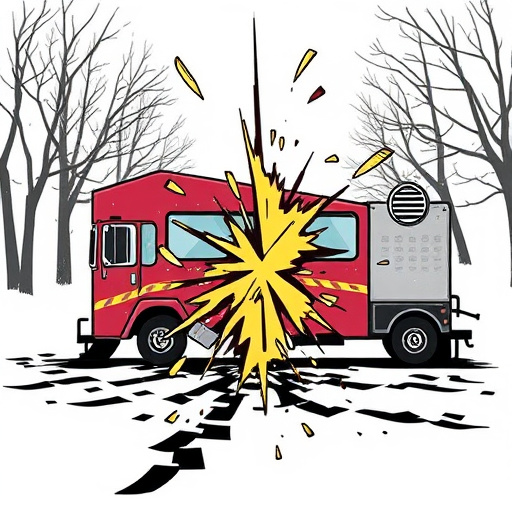
Winter’s chill brings with it a unique set of challenges for metal surfaces, often leading to visible signs of wear and tear once warmer temperatures return. The cold season’s low humidity levels and frequent frosty conditions create an environment conducive to rust formation on various materials, especially those exposed outdoors. As ice and snow accumulate on car bodies, roofs, and other metal structures, the constant pressure and shift in temperature accelerate corrosion processes.
This seasonal phenomenon is particularly detrimental to vehicles left outside during the winter months. The freezing and thawing cycles cause water to seep into tiny cracks and crevices, then expand as it freezes, further damaging the metal. Moreover, salt and sand used for de-icing roads can accelerate rust repair after winter damage, corroding metal faster and leaving behind unsightly spots that require prompt attention. Regular auto maintenance and timely repairs, including auto glass replacement where necessary, are crucial to mitigating these effects and ensuring vehicles remain in top condition year-round.
Identifying Rust: Signs and Stages
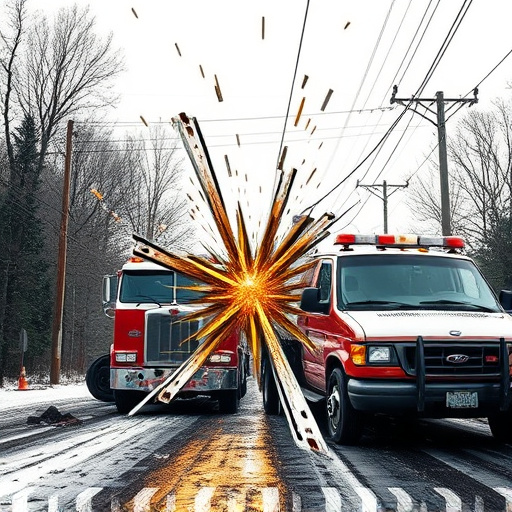
Rust is a common winter issue that can transform a vehicle’s metallic components into flaky, brittle structures. Identifying rust early on is crucial for effective rust repair after winter damage. The signs of rust can range from subtle to obvious, and it often appears as red or orange spots on steel surfaces. In its initial stage, rust may only be visible as discolored patches on exterior body panels, fenders, or wheels. As the corrosion progresses, these spots can spread, turning into flaky, powdery substances that can eventually lead to serious structural damage if left untreated.
Close inspection might reveal pitting, where small, irregular depressions form in the metal’s surface. Over time, this pitting can coalesce into larger areas of corrosion, often accompanied by a characteristic “rusty” smell. In severe cases, rust repair may involve replacing entire sections of affected panels or components, such as floorboards or chassis parts, through services like car dent repair and car paint repair to ensure the vehicle’s structural integrity and aesthetic appeal.
Effective Strategies for Rust Repair
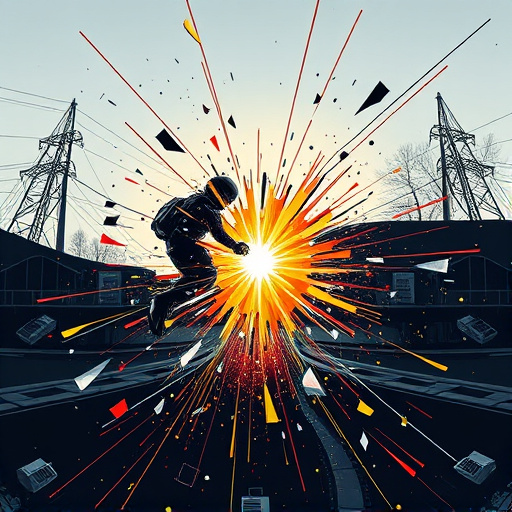
After a long, harsh winter, many vehicles suffer from rust damage, especially in regions with high humidity levels. Effective rust repair is crucial to ensure your car’s longevity and safety. The first step is identifying affected areas, which can include panels, fenders, and even auto glass replacement if the moisture has caused degradation. Once identified, quick action is essential; timely intervention can prevent further corrosion.
Professional car repair services often recommend a multi-step approach: assessing the extent of rust, using specialized tools to cut away damaged sections, and then replacing them with new or restored panels. In some cases, collision repair techniques might be employed to fix minor dents and dings caused by winter’s grit. Proper surface preparation and priming are vital to ensure long-lasting repairs that can withstand varying weather conditions.
Winter moisture can be a double-edged sword, protecting surfaces from extreme cold but also accelerating metal corrosion. As winter transitions into spring, it’s crucial to identify and address rust formation early. By understanding the signs and implementing effective rust repair strategies, you can restore affected areas, prevent further damage, and ensure your property remains in top condition for years to come. Don’t let winter damage go unchecked – take action now to achieve optimal rust repair results.
